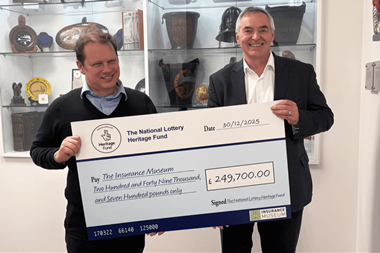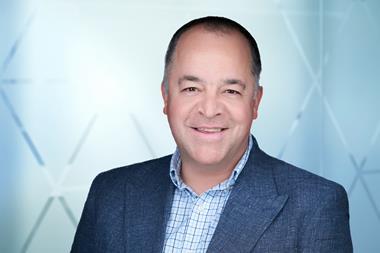The ratings cycle has once again caught insurers in the profit trap, says Jack Brownhill
I am resigned to the fact that I will never understand the reasons why our market regularly climbs aboard the rating cycle knowing only too well that, after a relatively short period of time, it will fall off again.
After a very brief assignation with underwriting profits in the mid-1990s, the second half of that decade saw the market plunge to new depths when not even investment income could save underwriters from poor rating decisions.
I know there is the temptation to pass the buck: to marketing teams for insisting on new benefits being added to policies; to executive boards for being focused on market share; and to claims management for succumbing to the desire to pay more in claims than the inbound premiums can support.
However, these are merely additional challenges that need to be factored into the pricing process. To be fair, the late 1990s brought with them dramatic changes in claims activity, with the phrase 'compensation culture' becoming part and parcel of our everyday conversations.
The explosion in credit hire became a major issue for our industry and we began to see the level of costs incurred, as part of personal injury claims, spiral out of control and frequently out of all proportion to the amount of the injury claim itself.
New acronyms started to send shivers down our spines - ATE and CFA to name but two.
Having finally come to terms with all these issues the market sensibly reached the conclusion that current levels of premiums were inadequate and they had to go up. After two or three years of sustained rating activity profit began to peek over the horizon in 2001, if only in the guise of investment income.
In 2002 the profit line continued on its upward path and, without doubt, a number of insurers will have achieved the enviable position of posting an underwriting profit for 2002.
The word 'profit', particularly when it is accompanied by the word 'underwriting' seems to trigger off unusual medical conditions in many insurers - amnesia and myopia are the more common conditions.
We all too easily forget that we have been here before (on too many occasions) and we often forget that rating activity tends to slow at a time when we are still benefiting from the policies that were being written at adequate rates. Sadly once those policies have reached their expiry and have been replaced by policies written with a lower rate adequacy, profits start to tumble very quickly indeed.
Repair rumblings
According to the AA, rate increases in 2002 fell to within 1% of UK inflation rates for the first time since 1996. Unfortunately, as we know only too well, claims inflation has a mind of its own and rarely pays attention to government or Bank of England statistics.
Hopefully, 2003 will bring with it beneficial changes to the personal injury costs environment, but it would be unwise of us to assume that we have reached the top of the compensation culture spiral.
If the rumblings around the repair industry are to be believed, this is the year when repairers decide that enough is enough and that essential changes are made to charging structures, if the repair industry is to survive in its current form. Those changes can only have one result - repair costs will increase putting additional pressure on premium levels.
Do we ever stop to think what the consumer thinks of our industry? One minute we are telling the insuring public we have run out of family silver to sell, so we will have to put premiums up, and then in the next we are telling them that everything is fine again...until the next time.
A successful pricing process is based not just on where we have come from and where we are now. Where we need to be and the hurdles that we will have to jump in reaching that point are equally important and it is also helpful to remember that, when looking into the future, we do not have the benefit of hindsight.
Hosted by comedian and actor Tom Allen, 34 Gold, 23 Silver and 22 Bronze awards were handed out across an amazing 34 categories recognising brilliance and innovation right across the breadth of UK general insurance.













































